
7 Steps for Lighting a Scene
Your scene isn’t perfect until the lighting is. Here’s a foolproof process for illuminating your action that will work every time.
We all have different approaches for how we light a scene, from what lights we use to what lenses we choose. We determine the elements and variables in each location. Where do we place talent? Where do we place the camera?
It is because of the changing nature of our shoots that I like to ensure some consistency from shoot to shoot by following a process to approaching my lighting setups. Here are the seven steps I go through, from when I first enter a location to the final shot.
1. Walk the Entire Space and Choose Which Way You Will Point the Camera
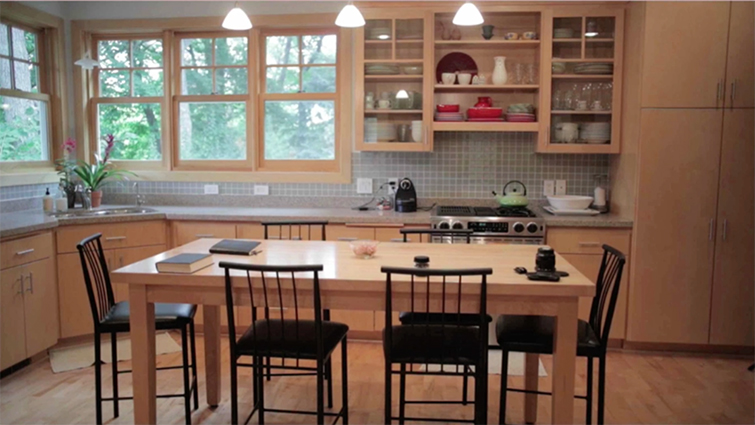
And I mean walk the entire space. I will literally walk the entire room and make sure that I view the space from all angles. More than once, I’ve found a unique angle that I would not have found if I just stopped and scanned the room to choose where I wanted to point the camera.
2. Turn Off All Available Lights (That You Control)
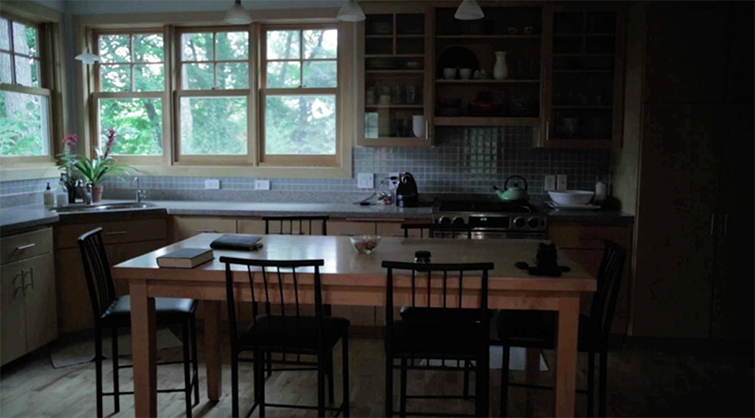
I always turn on (then off) all the lights that I can control in the space. The reason I do this: I want to start with a blank canvas. After I place my lights, then I can play around with turning on all, some, or part of the existing lights. I want to create the lighting rather than augment and document the existing lighting.
3. Turn Off Lights in Other Rooms That May Spill Into Your Scene
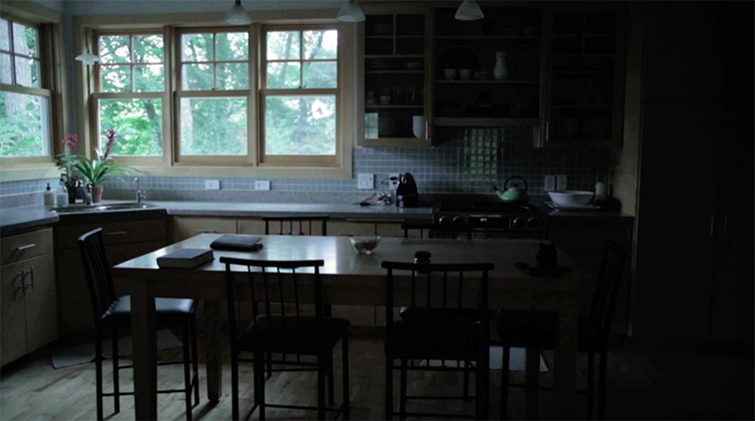
This is a step a lot of people miss. There have been many times I spot a reflection, spill, or something I don’t like in the scene I am lighting only to find out later that the offending issue was coming from another room, hallway, or window that I didn’t check before I got started. Make sure to do a sweep of your location, take control of all light entry points, and do everything you can to ensure that you’re starting with a blank canvas.
4. Set Your Key Light
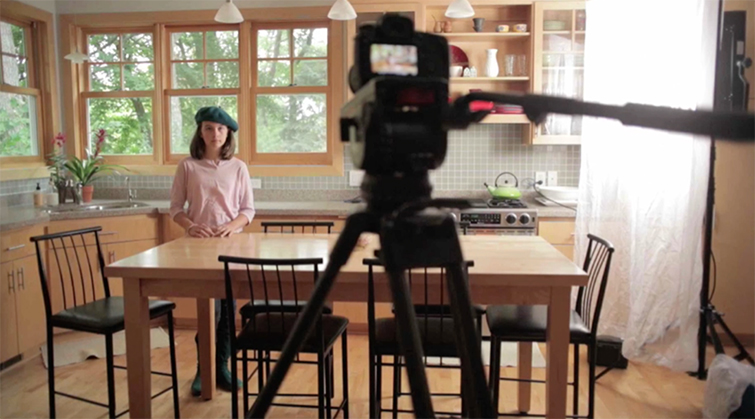
Now that you have a blank canvas, you can start to work. Choose where to place your key light and go from there. A lot of the hard work is done at this point.
5. Set Your Fill and Edge/Back Lights
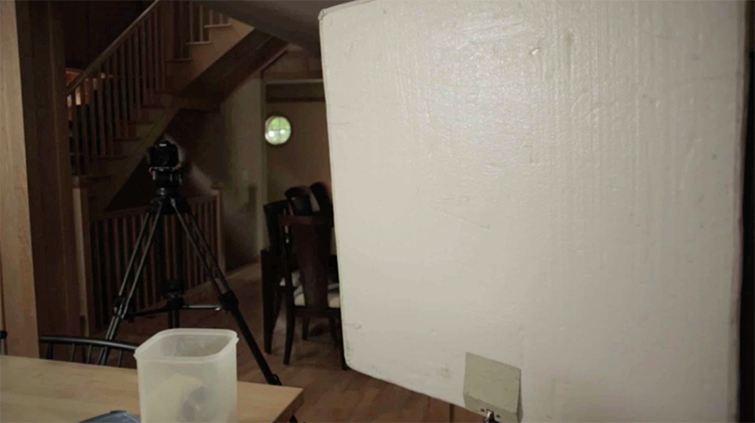
Not every setup will require a fill or back light, but for those cases that do, you need to decide what type you’d like to use. There are times when I want fill but not a fixture. I love bouncing fill light onto my subjects whenever possible.
6. Turn on Any Existing Lights You Might Want to Play in the Scene
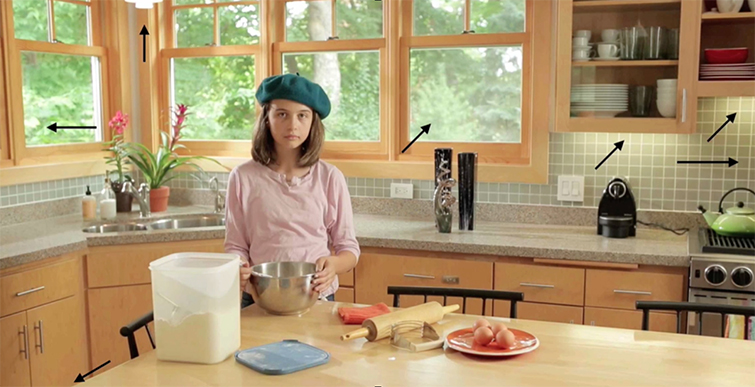
Once you are done lighting your main talent, play with turning on and off the house lights again to determine if you want to let anything play in the scene. I often find this is the “secret sauce” that really makes the whole scene come together.
7. Find That Little Extra Something That Finishes the Scene
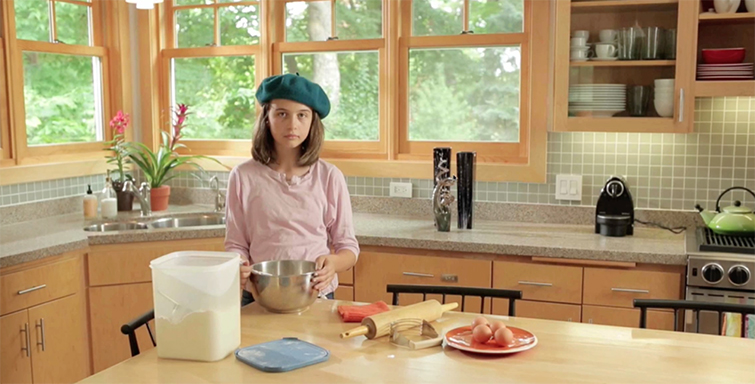
Even if you dig deep to unearth everything you can control, you can often miss something. I always take one more look around when I am done lighting before I shoot to see if there is anything I can do to make the final shot even better.
I’ve found lights under cabinets, a huge stained glass window behind a door I opened that was in the frame, and many other “happy accidents” that bring my scene to life by taking a few extra moments and pushing myself to find something small to make the shot even better.
Every room you have to light and every location you shoot will be a little different. Add those variables to the fact that what you’re tasked with capturing will always be changing. The steps described above are the process that I go through on each shoot to cover my bases, and then I spend that little extra time finding or placing a light, prop, or something to make the scene just a little better.
Fight to make your shot stand out and set it apart from what they would have gotten had they hired someone else. It’s creating beautiful images that keep us employed, but showing your client you can make magic leads to future jobs. Next time try following these steps and see how they work for you.
PremiumBeat Exclusive: 25% Off Barry Andersson’s Practical Filmmaking Workshop
We’re big fans of author Barry Andersson’s work here at PremiumBeat, and we’re happy to announce he’s offering our readers a 25% discount for his traveling filmmaking workshop.
So, if you’re interested in learning more about lighting and other film and video techniques, join him in one of over 15 cities across the country for the Practical Filmmaking Workshop, a series of one and two-day filmmaking immersion workshops.
The 25% discount is good for whichever city and whichever ticket you choose. Just enter the code pft25 at check-out! If you want to learn more about the workshops, visit Barry’s website or just watch the video below (featuring the PremiumBeat track Greatness by Delicate Beats)!

